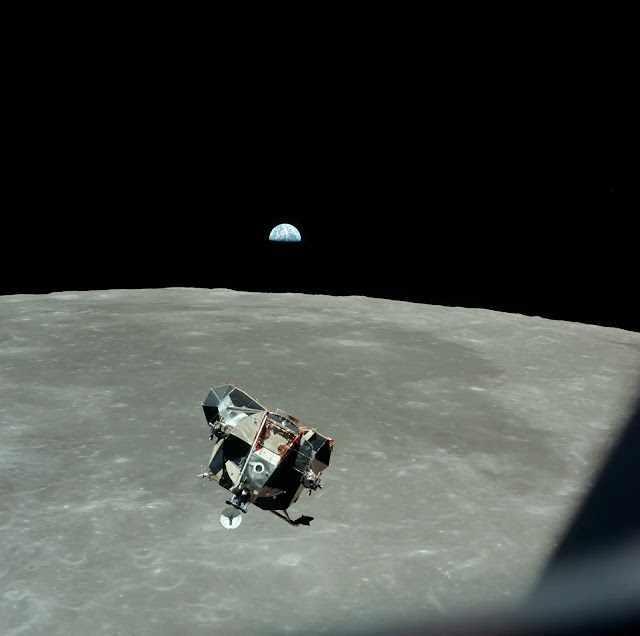China's Lunar Exploration Program Welcomes More Global Partners
The United Nations has marked July 20 as International Moon Day to honor the anniversary of the first landing of a human on the Moon. Following China's successful Chang'e-6 lunar mission this year, many countries now seek to work more closely with China on future lunar programs.
China's aerospace and lunar exploration programs are open to the world and welcome all countries to engage in cooperative missions and projects, said Wu Weiren, chief designer of the country's lunar exploration program, ahead of the International Moon Day on July 20.
After the successful operation of payloads from the European Space Agency (ESA), France, Italy, and Pakistan in China's Chang'e-6 Moon mission, China will aim to expand its international collaboration in upcoming lunar exploration endeavors, Wu said in an interview with China Global Television Network (CGTN).
"We are open and welcome international cooperation from all countries, including those countries from the Global South, emerging BRICS countries, as well as Western countries. We do not have any isolating or exclusionary policies, and we want to cooperate in an all-round way. I think our principle is to share data, share results. We are willing to co-build and co-share with our partners. We have no intention to establish small circles or groups. Therefore, China's aerospace and lunar exploration programs, including planetary exploration, are all open to the whole world," said Wu.
He also offered an update on the development of the international lunar research station (ILRS) and the country’s plans for the station.
"The international lunar research station is actually the first large-scale scientific project to be implemented in our country. We are preparing to build a lunar scientific research station at the south pole of the Moon. This scientific research station will be combined with an orbital station and a lunar surface station, plus ground facilities such as the headquarters for major scientific projects. This is being done so that work can continue for a long time, with or without people at the south pole of the moon. It will enable scientific exploration and resource development," said Wu.
"We hope to build a basic station by 2035, and an extended station by 2045. So far, we have signed agreements with more than 10 countries and nearly 30 international research institutions. We hope to work with 50 countries by inviting 500 foreign scientific research institutions, and 5,000 foreign scientific research personnel to jointly build our international lunar scientific research station," he added.
Wu said that in the future, visiting the the international lunar research station will no longer be just a dream for ordinary citizens, while Chinese astronauts and international partners will reach deeper into the solar system.
"I think China should also think about these plans, including space tourism, space breeding, and space mining in the future. We can achieve these targets on the Moon and Mars. I don't think this is too far away," Wu said.
Video Credit: CGTN
Duration: 5 minutes

















.png)
APoD.jpg)
RD.jpg)
.jpg)
V1.jpg)
V2.jpg)
V3.jpg)
V4.jpg)
V5.jpg)
V6.jpg)
V7.jpg)
V8.jpg)